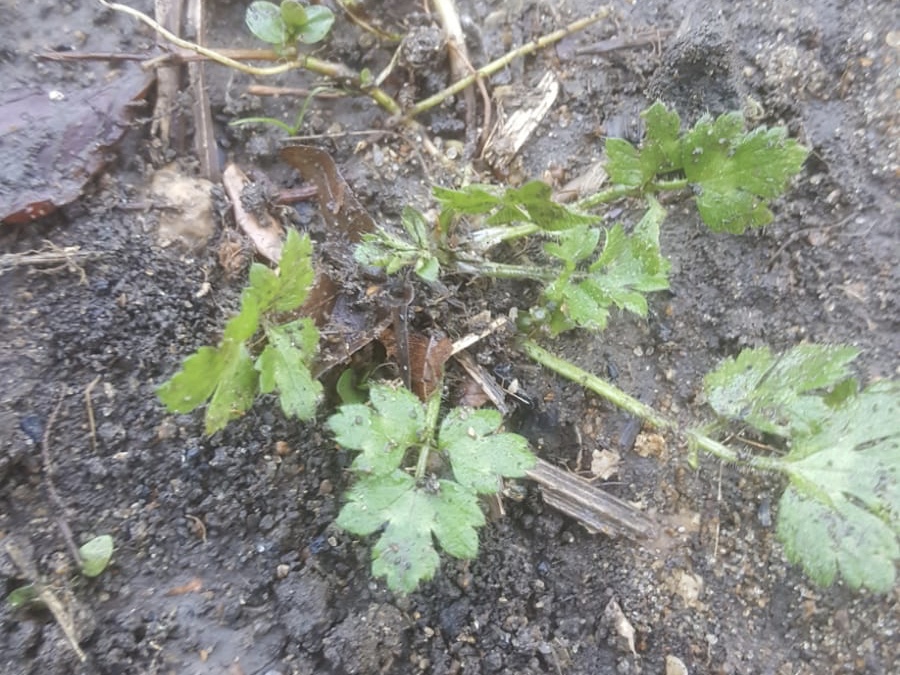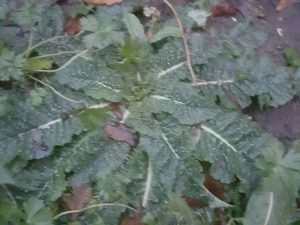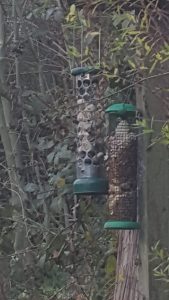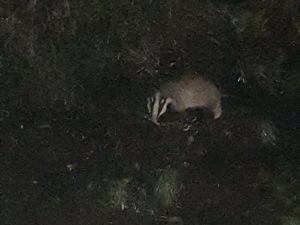The reserve has been changing slowly over the last few weeks and our ever changeable weather, as always, has held the key to the change. As you know, this year has been very warm after the slow cool spring and the results have been obvious with a number of the flowers I had planted in the summer still flowering in mid November. The tree leaves didn’t start to drop seriously until the second week of this month and as I raked a few leaves off the reserve last week I remembered that this was the sort of job I used to do from late September onwards and that autumn seemed to be four to five weeks later than when I was a child.


With all the warmth the persistent weeds had a chance to invade areas I had previously cleared. I tried to keep on top off these species but know it is going to be an impossible battle to totally control.

The reason these plants are successful species is because they have the ability to quickly move into cleared areas and put down their roots and runners and establish themselves as the dominant species.

As leaves have only come down in the last couple of weeks I had been spared any major leaf raking but now they were down and building up in areas of the garden that had been cleared and although you may feel that my clearance was a little too tidy for a natural garden/reserve area , I am only doing this to stop over fertilisation of the soil where there would be wildflowers growing next year. Most wildflowers do not require high nutrient levels in the soil where they grow and leaves will enrich the soil when they rot down. It is again a thankless task but until the flowers are established, I feel it will help establishing the wildflowers for next year.
So what has the local wildlife been doing with these changes in the season and on the reserve? Well there has been a lot more birds seen, possibly due to the fact that I have started a feeding stations on the site and it amazed me that when I put the first feeder up, there were Blue Tit and Coal Tits feeding within ten minutes on the feeders. When the weather was unseasonably warm last week I noted less activity on the feeders and then the temperatures dropped a few degrees and the feeders became a hive of activity once again and I have noted Blue, Great, Coal and Long – Tailed Tits along with the feisty Robins and Nuthatches all feeding at the new feeding station.

I say it’s a new feeding station but it all honesty it’s an old site that hasn’t been used for six years now and I’ve already seen a few issues to where it is positioned. A lot of cover has grown around the site and I’ve already seen the local cat community launch a few, thankfully failed, attempts at the feeding station. So I’m going to reposition the feeding station to a more open area where the feeding birds will have a better chance of spotting any incoming predators like the cats and the local Sparrowhawk of which I noted a large female blast through the site the other day but was unsuccessful in its attempt. I have less of an issue with the Sparrowhawks than the cats as the Sparrowhawks are native to the area and need to eat like everything does. The Badgers and Foxes are still regular nocturnal visitors and I’ve seen how the Foxes always give way to the badgers and are much more wary than the Badgers who don’t seem that bothered at my presence at all!

We shall see what the deeper winter brings the local wildlife populations in the garden over the forthcoming weeks and how they deal with it.

